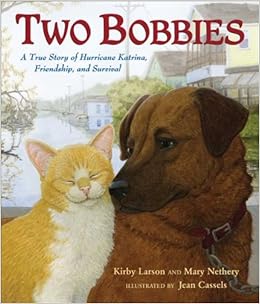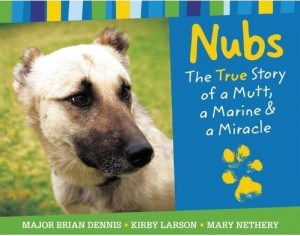I use this
math project every year during the
first week of school. The "end game" of this activity is to talk with the kids about the
variety of strategies that can be used
to solve a math problem. It's also a good project to start discussion about the most
"efficient" strategies to solve problems, since we will introduce a number of strategies and talk about the most efficient ones for each student throughout the year.
Here's a little outline of how I organize the three days we work on this problem in my classroom.
Day 1:
*Introduce the letter to students, have them read the letter looking for three things:
What is the problem you need to solve?
What information do you have that will help you solve the problem?
What materials might you need to help you?
*Make an anchor chart with the questions above and the answers students give you
*Show students the recording sheet where they will keep track of their work
*Student work time -- I give them enough time to possibly solve the problem in one, but not two different ways
This is a great day to talk about using unifix cubes as "tools not toys" and to introduce them to whatever your classroom management tool is for students to get your attention. I use red plastic cups for students to put on their desks (although if they wear them as hats or snouts I tell them I won't be coming to them anytime soon.)
Day 2:*Review the problem and introduce what it means to solve the problem in a "different" way. I usually talk with students about models, drawings, and equations before I send them off to work. I know this makes the project less "discovery-like", but sometimes on day 2 the kiddos need guidance as they haven't discovered anything. :)
*Give students independent work time
*The extra question is: John is building a spiral staircase that is 50 steps high and follows the same pattern. How many blocks will he need to buy? The answer is 1275. :)
*Spend the last 10 minutes talking with students at the carpet about their strategies. This is a great way to show students what a number talk looks like since you'll be asking them to share their mathematical thinking in words and writing throughout the year.
*Students love it when you label the strategies with their names -- the "Parker" strategy, the "McKenna" strategy etc. Record students' number talks as anchor charts for your beginning of the year math bulletin board or hall display.
Day 3:This day can get a little crazy, but I think it's worth it to spend three days. Some kiddos really do need that many days to solve the problem, while some can finish it up in one. You want to make sure you have a fast finisher for the kiddos who might not want to work on the extra problem. I let them choose between the extra problem or writing a letter to McBildit with their answer.
*Use half of the class for work time and use the other half to talk about the most efficient strategies for solving the problem.
*Most efficient strategies:
I show students how to make a model and then make stacks of tens from the built model
I also show students how to use an equation and then group the numbers into tens and/or elevens to do the addition quickly
*To finish up the project, make three posters labeled, "Model", "Drawing", and "Equation/Number Sentence". Let students sign their name on the poster(s) that represent the strategy(ies) they used or liked using the best.
Click here or on any of the pictures to link to the freebie. I hope you enjoy! If you try out McBildit, what new and cool strategies did your kiddos come up with?
![]()



























































































































